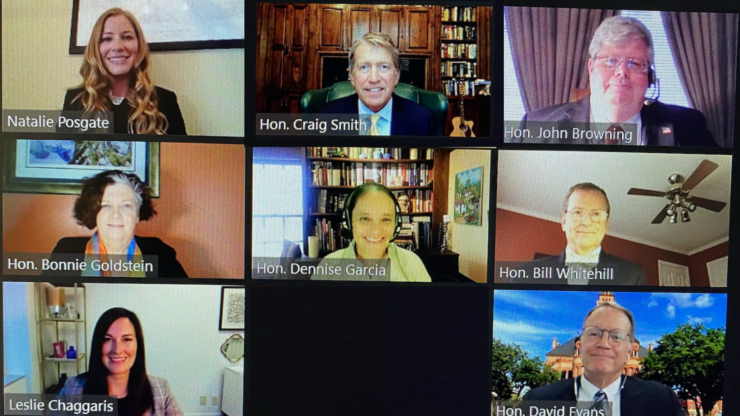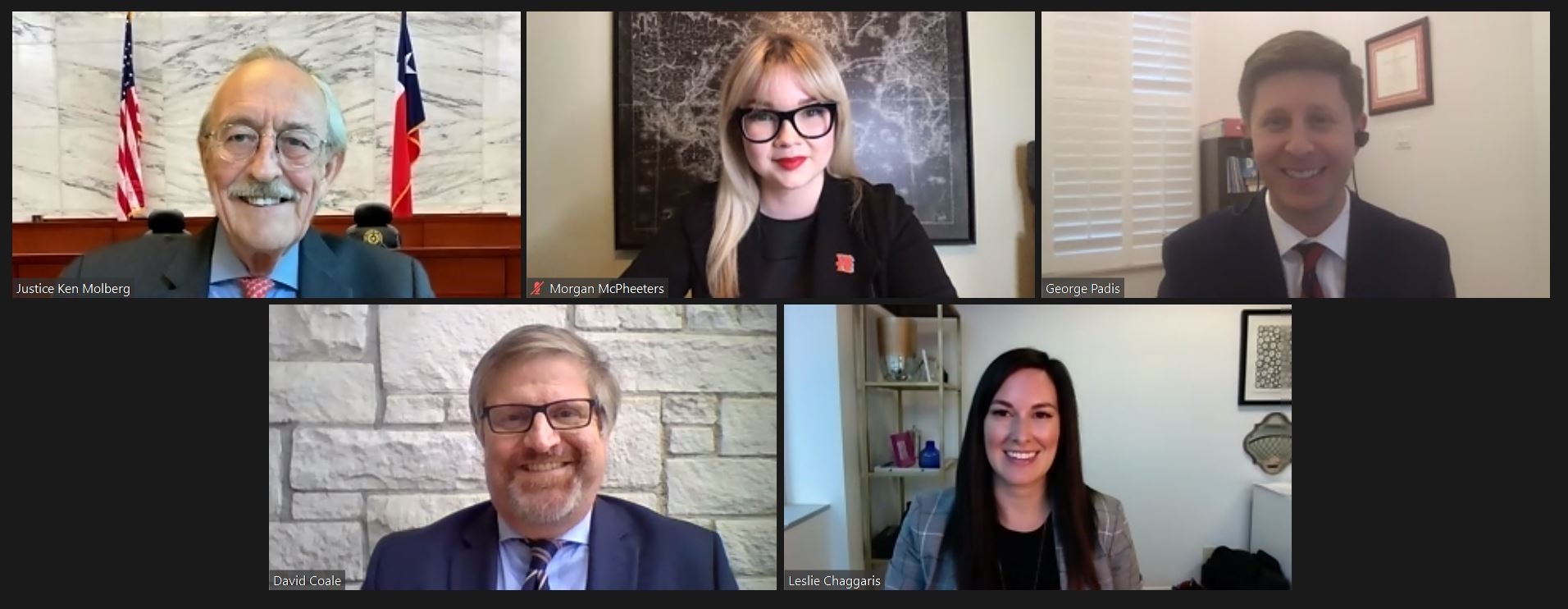An inartfully-drafted part of the expunction statute produced a remarkable 7-6 split of the en banc Fifth Court in Ex Parte Ferris, No. 05-19-00835-CV (Oct. 2, 2020). Charles Ferris pleaded guilty to DWI in 2015. Four years later, a jury found him not guilty in another DWI matter. Ferris sought expunction of the case in which he was acquitted, and ran headlong into a particularly awkward bit of statutory drafting.
 If his two DWI cases formed a “criminal episode” as defined by Tex. Penal Code § 3.01, he could not receive expunction. The statute defines “criminal episode” as:
If his two DWI cases formed a “criminal episode” as defined by Tex. Penal Code § 3.01, he could not receive expunction. The statute defines “criminal episode” as:
… the commission of two or more offenses, regardless of whether the harm is directed toward or inflicted upon more than one person or item of property, under the following circumstances:
(1) the offenses are committed pursuant to the same transaction or pursuant to two or more transactions that are connected or constitute a common scheme or plan; or
(2) the offenses are the repeated commission of the same or similar offenses
(emphasis added). Part (1) did not apply, so the case turned on part (2).
The majority opinion held that application of part (2) to Ferris’s two DWI cases would create an absurd result: “Such a cabined view of what constitutes a ‘criminal episode’ creates an absurd, nonsensical result wherein a single ‘criminal episode’ would engulf two DWI arrests, which (i) share no common or continuing pattern of facts; (ii) are impossible to prosecute as multiple prosecutions under Chapter 3 of the Texas Penal Code (through joinder); and (iii) could not share a concurrent sentence.” (Justice Petersen, joined  by Justices Myers, Molberg, Osborne, Reichek, Nowell, and Carlyle).
by Justices Myers, Molberg, Osborne, Reichek, Nowell, and Carlyle).
The dissent reasoned that the majority had incorrectly blurred the two parts of the statute together, “when the plain meaning of the unambiguous text of section 3.01(2): ‘criminal episode’ means the repeated commission of the same or similar offense without limitation of time, place, same or related transaction, or conspiracy.” (Justice Evans, joined by Chief Justice Burns and Justices Whitehill, Schenck, Partida-Kipness, and Browning).
 “Jordan ignores a key component required for the exercise of a right to petition, namely, a communication under [TCPRC] section 27.001(4). … Contrary to Jordan’s argument, a nonmovant’s reference to a judicial proceeding in a petition does not necessarily establish that a movant has engaged in any communication constituting an exercise of a right to petition under section 27.001(4) or that the nonmovant’s claims are based on such communication.” Jordan v. JP Bent Tree, No. 05-19-01263-CV (Oct. 19, 2020).
“Jordan ignores a key component required for the exercise of a right to petition, namely, a communication under [TCPRC] section 27.001(4). … Contrary to Jordan’s argument, a nonmovant’s reference to a judicial proceeding in a petition does not necessarily establish that a movant has engaged in any communication constituting an exercise of a right to petition under section 27.001(4) or that the nonmovant’s claims are based on such communication.” Jordan v. JP Bent Tree, No. 05-19-01263-CV (Oct. 19, 2020).








 by Justices Myers, Molberg, Osborne, Reichek, Nowell, and Carlyle).
by Justices Myers, Molberg, Osborne, Reichek, Nowell, and Carlyle).